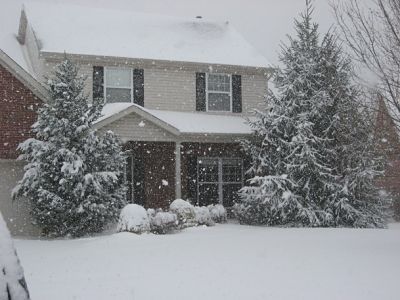
Public Health is telling the public how to recognize hypothermia and frostbite and how to prevent cold related ailments.
As the temperatures dip further and further into the minuses, Public Health is asking everyone to be mindful of cold related illnesses like frostbite and hypothermia.
Manager of Health Protection with Oxford County Peter Haywood says there are a few key symptoms that will set in with stage one hypothermia. "That's when you start shivering, getting the goosebumps on your skin, your hands start to become numb, breathing may become more shallow, and you start to feel tired and sick to your stomach. With stage two hypothermia you can actually do a test to see if you have stage two hypothermia by touching your thumb to your little finger and if you can't then your muscles aren't working properly and you're experiencing stage two hypothermia."
When it comes to frostbite, Haywood says there are a few key signs to watch out for. "Really there are two forms of frostbite: there's a mild frostbite where the skin looks yellowish or white and there's a more severe form of frostbite that can cause damage to the body tissue if not treated immediately. With severe frostbite you certainly want to seek medical attention right away because after some time nerve damage can become so severe that you'll lose feeling in the affected area."
Haywood says one big mistake people tend to make is using friction to warm up frostbitten skin. "So if you are experiencing mild frostbite you'll just want to add heat directly to the frostbitten area and then the idea is to thaw the injured skin as quickly as possible without burning yourself so often people tend to rub or massage the injured skin, but that can actually case more damage. If you are experiencing a severe form of frostbite or hypothermia it's important that you do seek medical attention immediately." While waiting for medical attention you should try to keep your muscles moving and stay warm and dry.
The best way to protect yourself from cold related ailments is to dress in warm layers including a hat, gloves, and a scarf. And when it is very cold wrap that scarf around your face so your nose is also protected.



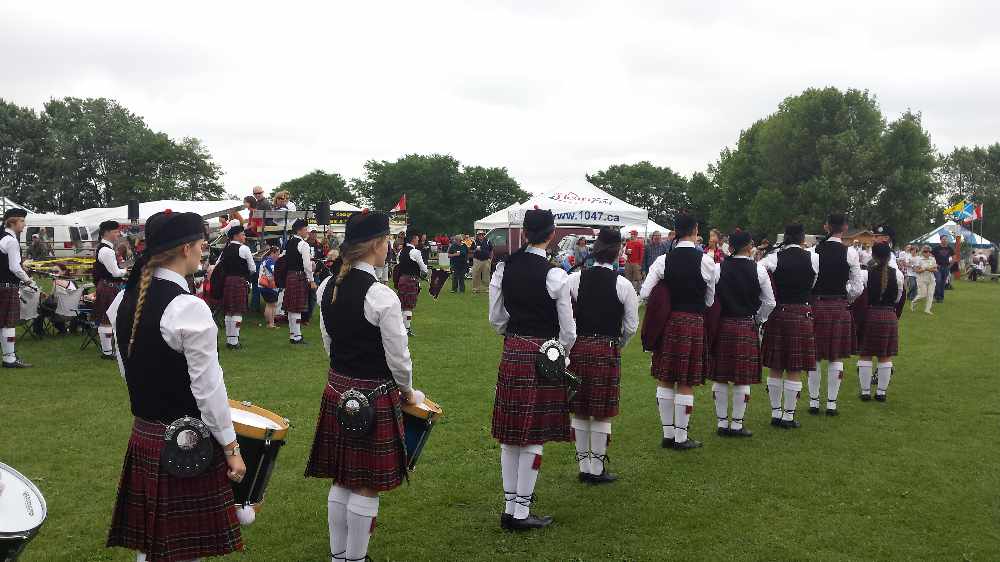 Embro Highland Games Return for 86th Year
Embro Highland Games Return for 86th Year
 WFD Responds to Structure Fire on Argyle Street
WFD Responds to Structure Fire on Argyle Street
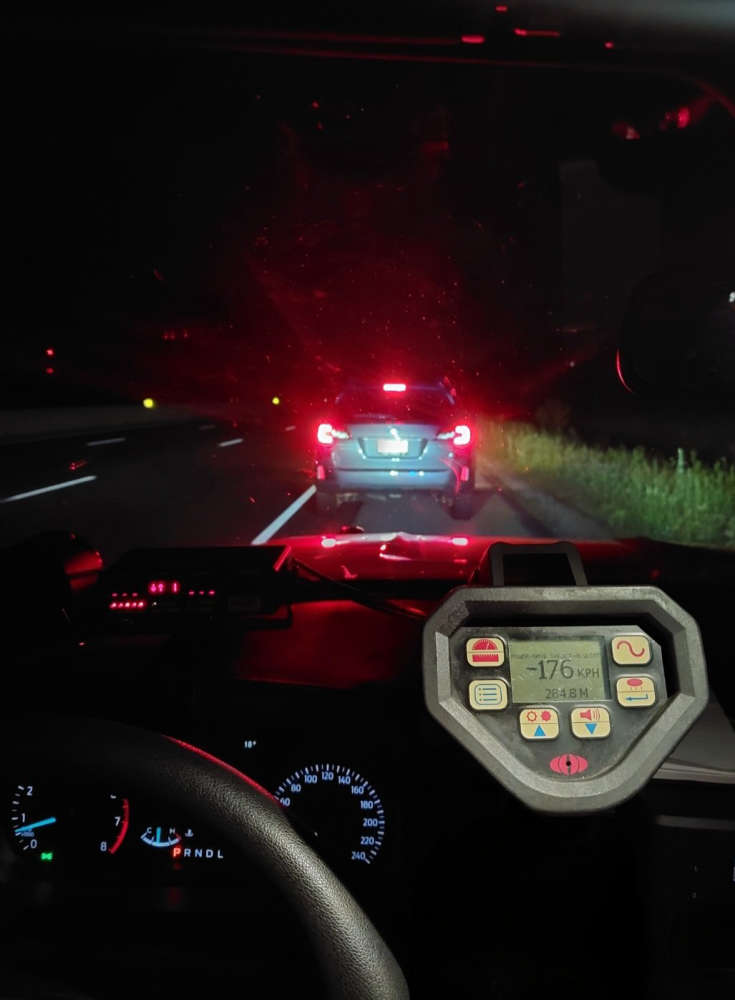 Oxford OPP Stop Speeder on 401
Oxford OPP Stop Speeder on 401
 General Reminder for Drivers from OPP
General Reminder for Drivers from OPP
 Culvert Replacement Set for Oxford County
Culvert Replacement Set for Oxford County
 Cram the Cruiser Coming to Tillsonburg
Cram the Cruiser Coming to Tillsonburg
 Ingersoll Setting up for Canada Day
Ingersoll Setting up for Canada Day
 Innerkip to Celebrate Canada Day
Innerkip to Celebrate Canada Day
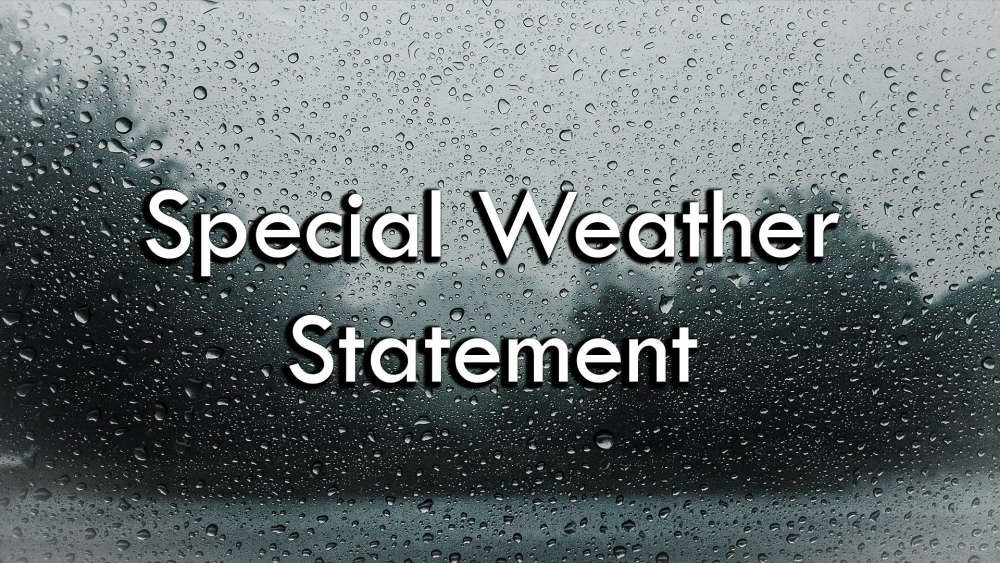 Special Weather Statement Issued for Oxford County
Special Weather Statement Issued for Oxford County
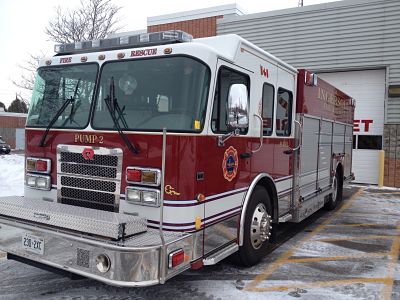 Early Morning Fire Extinguished in Ingersoll
Early Morning Fire Extinguished in Ingersoll
 Interview with the Warden - June 26th, 2025
Interview with the Warden - June 26th, 2025
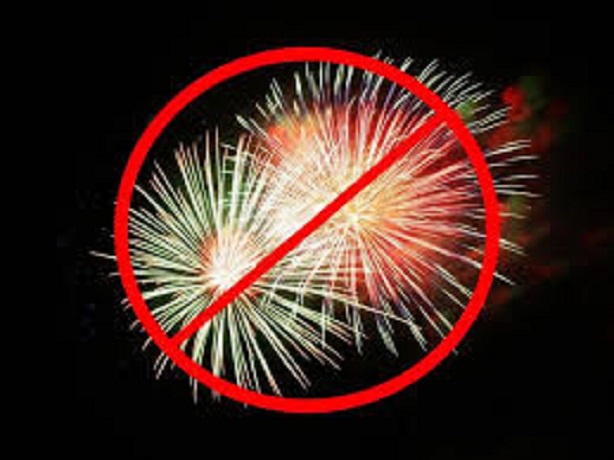 WFD will Watch for Fireworks
WFD will Watch for Fireworks
 Canada Day Celebrations to Hit Woodstock
Canada Day Celebrations to Hit Woodstock
 Last Day of School Celebrated in Oxford
Last Day of School Celebrated in Oxford
 A Rise in Scams in Woodstock
A Rise in Scams in Woodstock
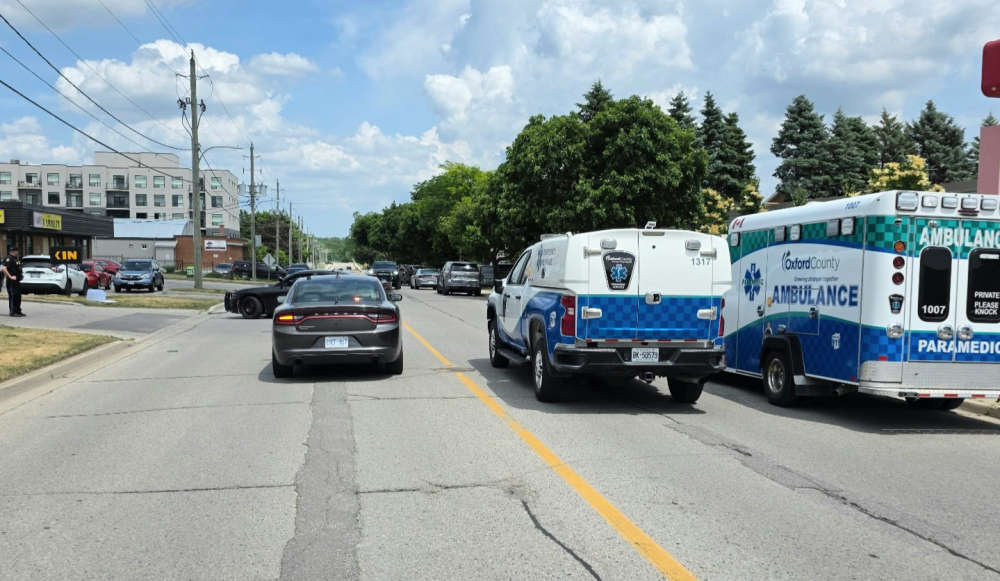 UPDATE: Police Lay Charges in Tillsonburg
UPDATE: Police Lay Charges in Tillsonburg
 Single-Vehicle Collision Under Investigation
Single-Vehicle Collision Under Investigation
 Tillsonburg is Gearing up for Canada Day
Tillsonburg is Gearing up for Canada Day
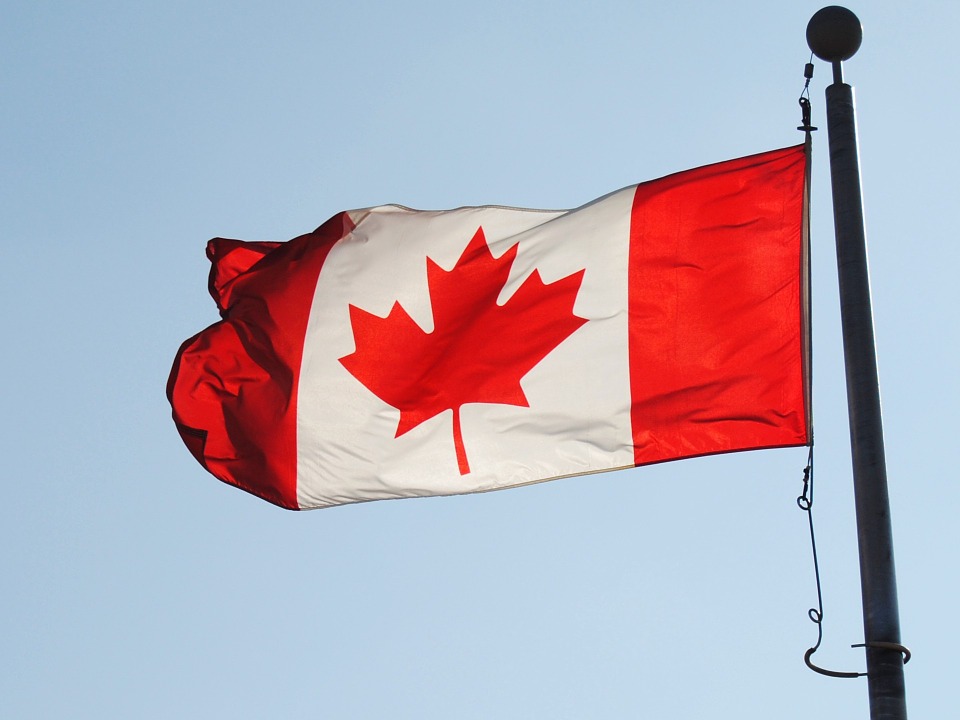 Otterville to Host Canada Day in Norwich Township
Otterville to Host Canada Day in Norwich Township
 Thamesford Teen Receives Friends of WAG Scholarship
Thamesford Teen Receives Friends of WAG Scholarship



Comments
Add a comment